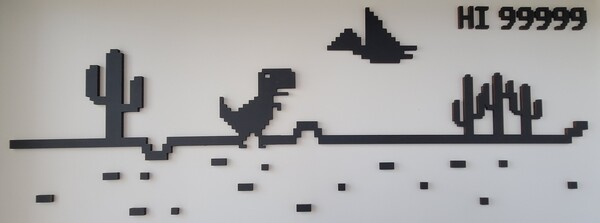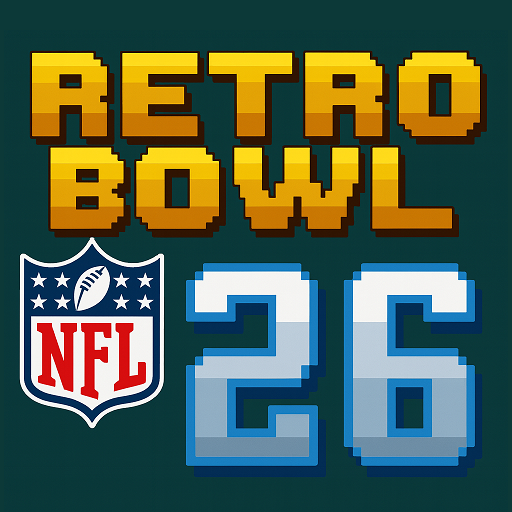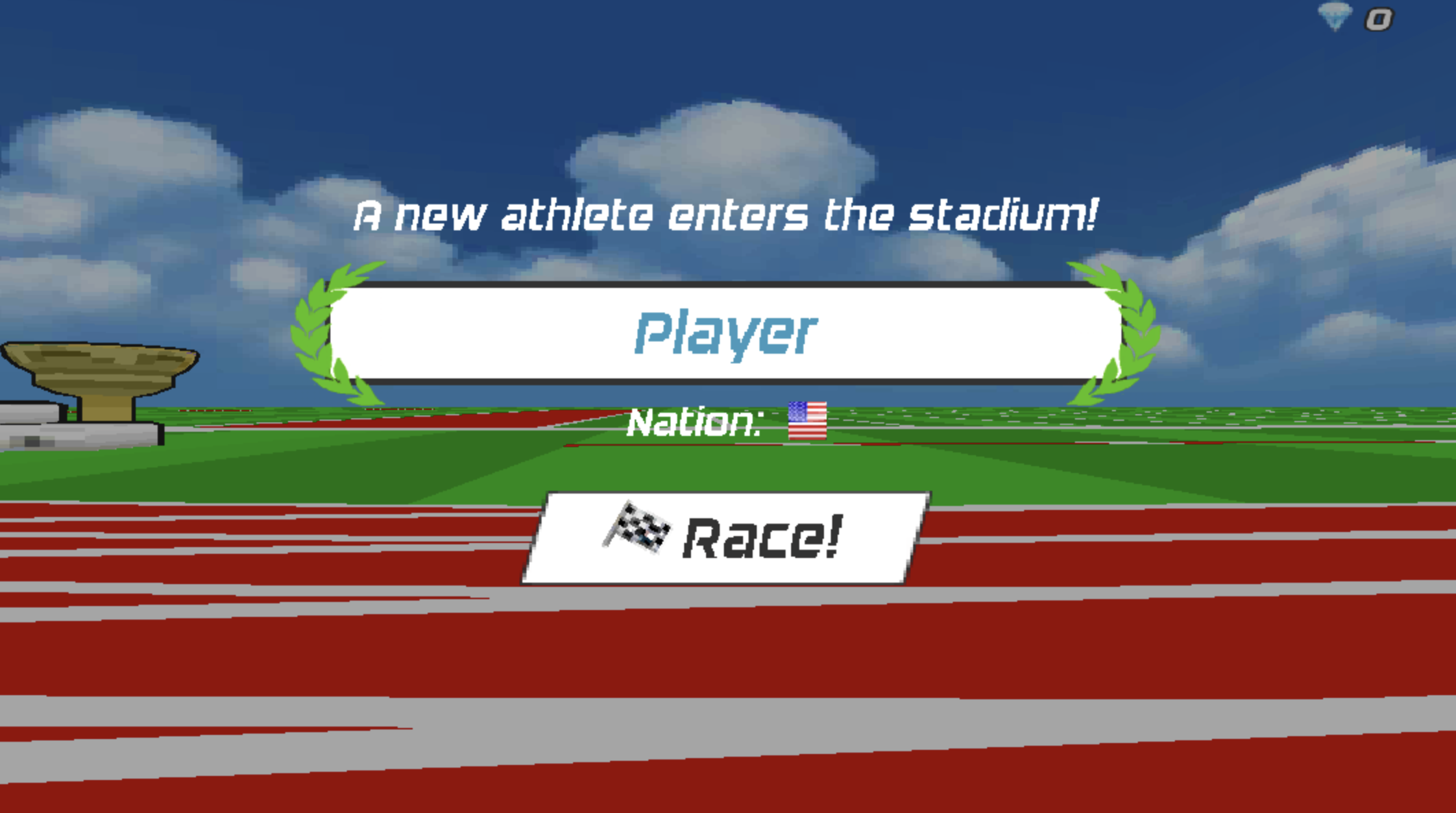Ride the waveform, nail the rhythm
Keep exploring
Continue your Dino game session with more narrative adventures, action trials, and puzzle standouts.

Wacky Flip

Take Care of Your Own Burning Spice

Royaledle

Polytrack

Dino Game

Retro Bowl 26

BloodMoney

BLOODMONEY 2

Speed Stars

Sort the Court!
Master pulse-perfect flight in tight corridors
Steer a razor-sharp arc through music-timed tunnels
Geometry Dash Wave focuses entirely on the most demanding movement in the series: the hyper-responsive wave ship. Instead of juggling cubes, balls, and rockets, you live inside one precise mechanic—hold to climb, release to dive—and learn to sculpt motion like a metronome. The result is a compact, replayable trainer that helps you build instincts you can carry into full levels or enjoy as its own arcade-style challenge. When you start a run in Geometry Dash Wave, there are no cutscenes, no fluff—just you, the beat, and a corridor pattern daring you to trace its angle without a single scrape.
Ultra-responsive control that rewards micro-inputs
The ship in Geometry Dash Wave accelerates instantly, translating tiny finger pulses into smooth vertical shifts. That immediacy is the point: you will practice short taps for shallow climbs, feathered holds for gentle arcs, and quick releases for snap dives. Over time your hands learn to echo the music, so your lines begin to look intentional instead of panicked. Because Geometry Dash Wave cuts away every other gimmick, you can drill the pure feeling of angle control until it becomes automatic.
Patterns written to the beat, not just the screen
Obstacles aren’t random. In Geometry Dash Wave, switchbacks, micro-gaps, and spike fans often align with downbeats and fills, nudging you to anticipate rather than react. The soundtrack becomes a guide; you’ll learn to pre-load a hold before a rising phrase and lift your finger on a cymbal cut to catch a sudden drop. By leaning into musical timing, Geometry Dash Wave helps you convert rhythm into pathing—an edge that carries over to demon-grade layouts in the core game.
From forgiving lanes to vicious micro-tunnels
Difficulty ramps elegantly. Early layouts in Geometry Dash Wave present wide channels that let you feel the ship’s acceleration safely. Mid tiers add alternating angles, longer sustained arcs, and traps that punish over-steer. Advanced sets shrink clearances to a couple of pixel rows and force you to weave through sawteeth with heartbeat-level precision. This gradient lets both newcomers and veterans benefit: beginners develop clean baselines, while veterans sharpen reaction speed for extreme spam and micro-corrected drift.
Checkpoint practice without menu friction
Fast iteration is everything. When a pattern cracks you, restart instantly and hammer that exact section until your hands memorize the move. Geometry Dash Wave is built for short, focused loops—thirty seconds of reps here, a minute of reps there—so your improvements remain visible from attempt to attempt. Even a ten-minute session can move your ceiling in noticeable ways, and targeted practice translates directly into fewer throwaway deaths back in standard levels.
Skill gains that compound across modes
Why drill a specialized trainer? Because the habits forged in Geometry Dash Wave map cleanly to the hardest segments you’ll face elsewhere. Smoother angle entries reduce accidental ceiling clips. Calmer finger rhythm lowers panic taps in spam corridors. Cleaner release timing keeps you from over-diving into spike tips. The game may seem minimalist, but the return on your focus is outsized, especially if you’re chasing consistent clears on community classics with brutal wave passages.
Momentum, line discipline, and error recovery
Three pillars define strong wave flight. First, momentum: in Geometry Dash Wave you learn to trust the ship’s speed and avoid over-steering, letting gentle holds carry you through long rises. Second, line discipline: trace parallel to corridor edges instead of ping-ponging between them; that keeps your angle shallow and your inputs predictable. Third, error recovery: when a drift starts to overshoot, resist a violent correction. A brief counter-pulse, timed to the track, often rescues the line with less risk. Because Geometry Dash Wave isolates those decisions, you’ll get reps on each pillar in a matter of minutes.
Reading the screen like a musician
Improve your scouting by chunking patterns into beats. In Geometry Dash Wave, mark rising stairs as “two quick eighths, one quarter,” and descending saws as “hold-hold-cut.” That mental sheet music makes tight sections feel counted rather than chaotic. Pair that with peripheral vision—keep the next hazard in soft focus—and you’ll start to place inputs earlier. The higher your speed, the more this anticipatory style pays off, and Geometry Dash Wave gives you safe space to rehearse it until it’s second nature.
When and how to train
Use Geometry Dash Wave in two ways. As a warm-up, play a few forgiving lanes to wake up your hands before attempting tough creator maps. As a clinic, select a demanding set and run short intervals with full attention, then rest briefly to prevent sloppy form. Keep attempts bite-sized; fatigue leads to over-holding, which engrains bad habits. With consistent micro-sessions, Geometry Dash Wave becomes your metronome for clean execution.
Tips that immediately raise your ceiling
Center your cursor or finger relative to the corridor’s middle so your holds require less travel. In Geometry Dash Wave this reduces over-correction and keeps you within a narrow vertical band. Breathe out during fast switchbacks to avoid tense shoulders. Count difficult switches out loud or in your head. Commit to either a shallow or steep line before an angle shift; half-measures cause wobbles. And when in doubt, trust a lighter touch—the ship responds so quickly in Geometry Dash Wave that finesse beats force.
For newcomers and veterans alike
If you’re brand new, Geometry Dash Wave gives you a sandbox to discover how long a hold lifts you and how quickly a release dives. You’ll build comfort with diagonals, learn not to chase the centerline obsessively, and see how music cues predict hazards. If you’re seasoned, Geometry Dash Wave becomes a scalpel: you can sharpen spam cadence, rehearse micro-gaps, and dial in the timing that separates a near-miss from a clean thread. Both paths converge on the same feeling—a quiet confidence that your hands will do the right thing when the corridor narrows.
Short sessions, lasting gains
The best part is how efficient practice feels. Ten crisp minutes in Geometry Dash Wave can translate into fewer resets in full levels, because you’ve already banked the angles. You’ll recognize pattern families at a glance and apply the correct input recipe under pressure. Keep returning for quick sets, layer difficulty gradually, and treat each song like an instructor tapping the beat. Over days, your path lines smooth out, your panic taps vanish, and your clears spike upward—all anchored by the rhythm-first philosophy at the heart of Geometry Dash Wave.
Ride the waveform, nail the rhythm is ready to play
Train precision wave flight to crush demon-level sections. Hold to climb, release to dive, and rehearse corridors with checkpoints, CPS tracking, and instant restarts.
Share Ride the waveform, nail the rhythm
Spread the word, invite friends, or bookmark this page to revisit the story whenever you need it.